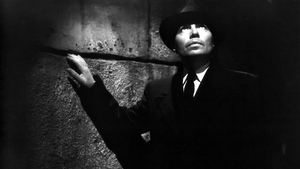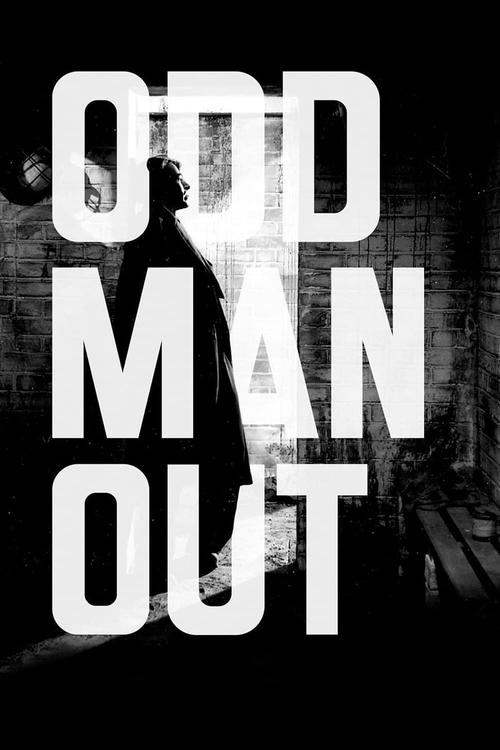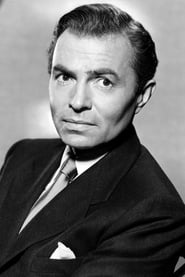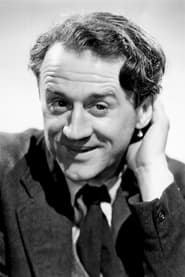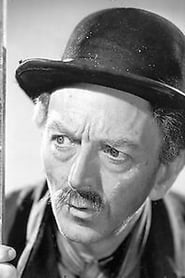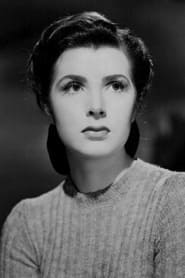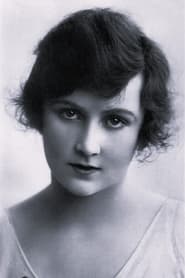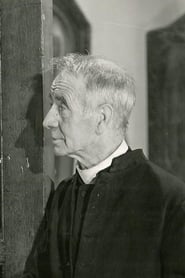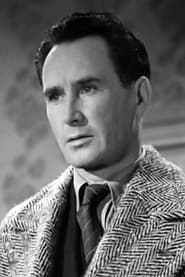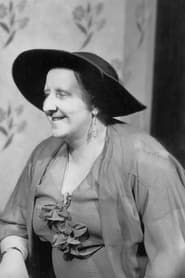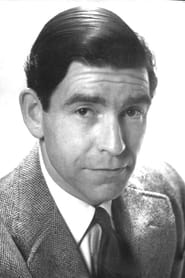Cast
View AllJames Mason
as Johnny McQueen
Robert Newton
as Lukey
Cyril Cusack
as Pat
F.J. McCormick
as Shell
Kathleen Ryan
as Kathleen Sullivan
William Hartnell
as Fencie - the barman
Fay Compton
as Rosie
W.G. Fay
as Father Tom
Denis O'Dea
as Inspector
Maureen Delaney
as Theresa O'Brien
Elwyn Brook-Jones
as Tober
Robert Beatty
as Dennis
Dan O'Herlihy
as Nolan
Kitty Kirwan
as Grannie
Beryl Measor
as Maudie
Crew
Director
- Carol Reed
Writer
- F.L. Green
Producer
- Carol Reed
Reviews
John Chard
That's the duty of all of us.
Johnny McQueen is an IRA leader who breaks out of prison and for 6 months hides out at the house of adoring Kathleen. Here he plots a robbery of a Belfast mill to fund his underground organisation, the robbery doesn't go to plan and Johnny kills a man in a struggle outside the mill, he himself is shot and fails to make the getaway with his accomplices...
If ever there was a film that defines the statement of film on canvass then this is it, it's a gorgeous piece of work relying on striking imagery and dialogue driven smartness to realise the demise of Johnny McQueen. We watch (and listen intensely) as Johnny lurches through the back streets of Belfast knowing he is dying, he has most of the city looking for him, be it the law, or friends, or those that want to cash in on him, his destiny is not so much carved in stone, but more like written in blood in the snow.
The amazing feeling I got with this film is that I felt like I was dying as well, and I think that is one of the film's great strengths, director Carol Reed and cinematographer Robert Krasker put you into the mindset of McQueen, the doom hangs heavy, the distortion and hallucinogenic free fall for the last reel hangs heavy on the viewer, it's a stifling masterclass. Some of the shots are beautiful, especially once the snow starts to fall to accentuate the Victorian backdrops, but consistently we also get moist and misty cobbled streets lit by gas lamps, providing moody shadows of humans and buildings alike. While Krasker offers up his photographic atmospherics, Reed excels with scenes such as portraits forming together in front of McQueen, or faces appearing in spilled beer bubbles; images wrung out of McQueen's feverish mind.
James Mason as Mcqueen is brilliant, and yet he doesn't get long periods of dialogue here, the script doesn't call for it, yet the performance is simply wonderful, with just one look of desperation Mason acts out of the top draw. There are a number of great characters in the film, like borderline insane artist Lukey (a bountiful turn from Robert Newton), or bum for a pound Shell (F.J. McCormick), no character is merely a walk on part, they all add weight to this clinically structured piece of work. The score by William Alwyn is right on the money and integral to realising the film's thematic heart, and the ending is noir nirvana, it took me 5 minutes to digest it fully during the close credits. A haunting and poetic piece of work, that rare old beast that is bleakly beautiful. 9/10
Nov 2, 2013
CinemaSerf
This is very much an example of less is more from Carol Reed. James Mason is super as ("Johnny") who leads an IRA cell that decides to rob a textile mill to secure continued funding for their operations. As they make good their escape, he is shot, seriously wounded and has to try to secure medical care whilst being pursued by a determined constabulary and by his loving gal "Kathleen" (Kathleen Ryan). What helps this film to stand out, it that it attempts to deal in a far more sophisticated fashion with the goings-on, brutal at times from both sides, as the net tightens around the fugitive. The characters - especially a superb Robert Newton ("Lukey") - add oodles to the gritty realism of this struggle to escape and to pursue, as does the eery Belfast photography and the snow. How effective is the snow!? The dialogue is sparing, much of the performance - and our appreciation thereof - relies on the gently evolving storyline with Mason doing much of the heavy lifting as he lurches around his city seeking help and safety. Reed doesn't take sides - we must draw our own conclusions, and that isn't an easy thing to do - that's another clever aspect of this production. At times it is quite scary, tense and suspenseful but at it's heart it is about a great cast and a strong story - we get to decide who is right, wrong or ....
Jul 7, 2022
Thematic Analysis
As a dramatic work, Odd Man Out examines complex human relationships and emotional struggles against the backdrop of a period setting that reflects societal issues of its time. The character development particularly stands out, offering viewers a chance to reflect on their own life journeys.
Director Carol Reed brings their distinctive visual style to this film, continuing their exploration of themes seen in their previous works while adding new elements. Their approach to character development and emotional depth creates a viewing experience that rewards close attention.
Released in 1947, the film exists within a cultural context that now offers viewers historical perspective on the social issues of that era. Its critical acclaim reflects its artistic achievements and its place in cinema history.
Did You Know?
- The production of Odd Man Out took approximately 12 months from pre-production to final cut.
- The final cut of the film runs for 116 minutes, though the director's initial assembly was reportedly 143 minutes long.
- The cast underwent specialized training for 4 weeks before filming began.
- The director insisted on using practical effects whenever possible, reserving CGI for only the most necessary scenes.
- Several scenes were filmed in multiple locations to capture the perfect setting.
Historical Context
- In 1947, when this film was released:
- Television was becoming a dominant form of home entertainment.
- The civil rights movement was gaining momentum in the United States.
- The film industry was dominated by major studios, with independent cinema still in its early development.
How This Film Stands Out
While Odd Man Out shares thematic elements with other films in its genre, it distinguishes itself through its unique approach to storytelling, visual style, and character development.
Unlike The 39 Steps, which focuses more on action than character development, Odd Man Out subverts genre expectations by exploring its themes with greater nuance.
While films like The Silence of the Lambs and Casablanca explore similar territory, Odd Man Out stands apart through its distinctive directorial vision and pacing.
This film's unique contribution to cinema lies in its thoughtful balance of entertainment value and thematic depth, making it a valuable addition to its genre.
Details
- Release Date: January 30, 1947
- Runtime: 1h 56m
Where to Watch




